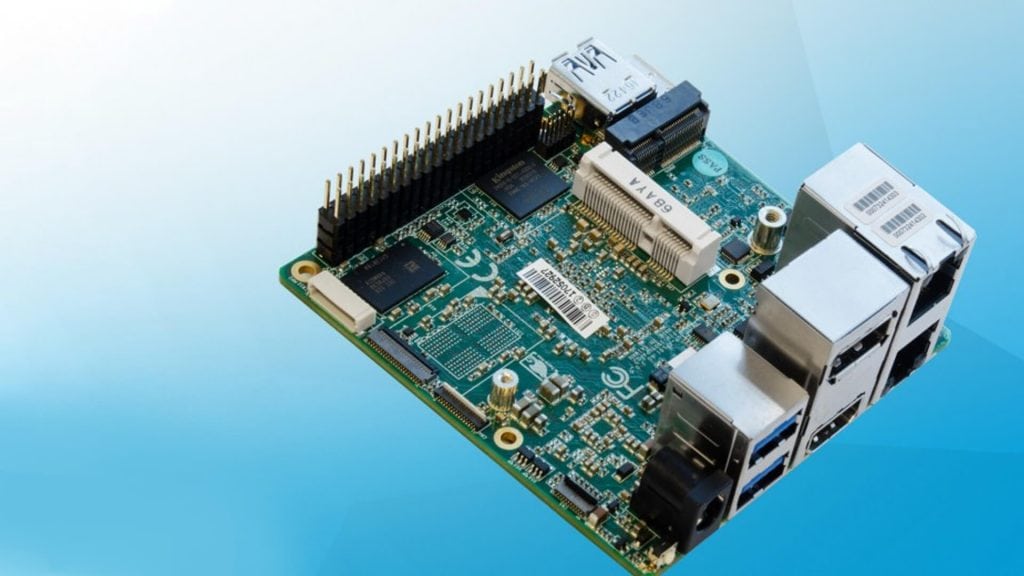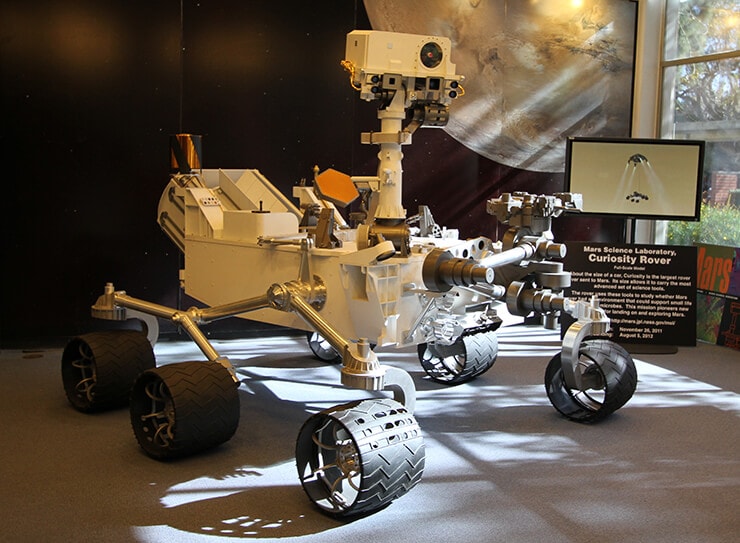
Robotics and Intel® RealSense™ Technology
Getting started with Robotics
Autonomous robots are complicated machines. There are many different systems needed for a robot to understand its environment, learn from it, and then take actions within that environment. Just one of those components can take time to understand, develop and integrate together. The earliest self-driving cars required racks of servers running Intel® Xeon® processors to be able to understand and navigate within their environments. While autonomous robots don’t usually have the same level of constraints as a self-driving car, they do operate in a similar problem space.
With all these considerations, sometimes it can be challenging to even know where to start with robotics development. Do you begin with the physical robot itself, how it will move around? Or do you figure out how it will perceive the world, or how it will think about it? Do you try and integrate those systems together early, or save that problem for later? How about navigation and visual inference?
The new AAEON® UP Squared Robomaker dev kit has been designed to help you remove some of those barriers and get started without needing to worry about system integration. The kit combines the expertise of a number of partners – Intel, AAEON and Amazon Web Services – to allow developers to incorporate AI and machine vision into their robots in as little as one day.
What’s in the box?
This kit uses multiple different hardware components from Intel, each optimized to perform the specialized tasks needed to operate the robot efficiently. It includes
- An UP Squared board powered by an Intel Atom® x7-E3950 processor
- An UP AI Core X module powered by the Intel® Movidius™ Myriad™ X VPU
- An Intel® RealSense™ Depth Camera D435i
- An M.2 2230 WiFi Kit for UP Squared metal Chassis
- Software package with AWS RoboMaker integrated
There are many advantages to the developer of a system like this with separate but tightly integrated components for different functions. One big concern for robot makers is heating, for example. By utilizing specialized components designed for one function, both heating and power requirements are reduced.
The Intel® RealSense™ depth camera D435i utilizes an on-board vision processor and integrated inertial measurement unit, which means it can provide depth and movement information directly to the system, requiring no external processing of that data. Stereo depth is especially crucial for robotics applications – knowing how far an obstacle is from the robot enables path planning and collision avoidance. For other robotics applications like robotic arms, by placing the depth camera on the arm, object dimensions can be known accurately, allowing the robot to easily grasp or move around the objects in front of it.
The Intel® Movidius® Myriad® X VPU takes the data from the depth camera (including RGB data) and performs visual inference – the Myriad X is the industry leader for on-device deep neural networks and computer vision applications, making it the perfect choice for robotics and AI applications. It also includes vision accelerators that support stereo depth devices like the D435i.
Combining these components with the Intel Atom CPU, utilizing the OpenVino toolkit, the cognitive load can be distributed between the specialized components and the general processor for efficient power and heat performance. Since the components all function well within this system with passive cooling, loud or bulky external cooling systems aren’t needed.
Artificial Intelligence
For robots to be truly useful in many environments, such as warehouses, delivery and many more, they need to understand their environments and adjust to changing conditions. OpenVino and Myriad X use input from the environment to understand and make inferences and drive actions efficiently, allowing robots to truly act independently. Whether those robots are delivering your latest package, or driving around on Mars, they need to understand the world they’re in.

Where the cloud comes in
AWS RoboMaker is a service that makes it easy to develop, test, and deploy intelligent robotics applications at scale. RoboMaker extends the most widely used open-source robotics software framework, Robot Operating System (ROS), with connectivity to cloud services. This includes AWS machine learning services, monitoring services, and analytics services that enable a robot to stream data, navigate, communicate, comprehend, and learn. RoboMaker provides a robotics development environment for application development, a robotics simulation service to accelerate application testing, and a robotics fleet management service for remote application deployment, update, and management. AWS RoboMaker removes the heavy lifting from each step of robotics development so you can focus on creating innovative robotics applications.
The end result
This kit takes multiple hardware components from one single vendor – Intel – and combines with state of the art cloud, machine vision and robotics software to rapidly accelerate development. This combination allowed Cogniteam to start from scratch and incorporate AI and computer vision into their Lynx robotic system in just one day.
Because all robots are not built the same, the package doesn’t include components which might change in different type of robots, such as the control board, motor, and wheels. However, the UP team provides links to schematics of a control board, 3D printing files, and accessories to users who would like to build an autonomous robot as the showcase example.
Subscribe here to get blog and news updates.
You may also be interested in
“Intel RealSense acts as the eyes of the system, feeding real-world data to the AI brain that powers the MR
In a three-dimensional world, we still spend much of our time creating and consuming two-dimensional content. Most of the screens
